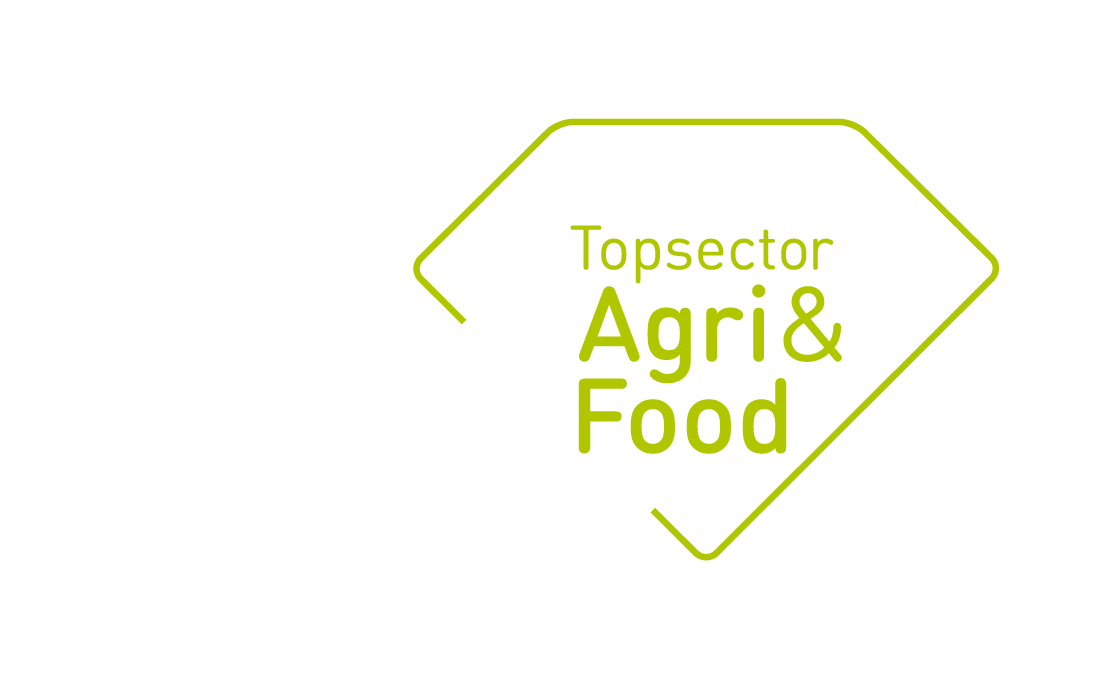Projecttitel: 1H4F HEVentie: Hepatitis E virus intervention in primary pig production
Projectnummer: AF-18119
Missie: Gewaardeerd, gezond en veilig voedsel
MMIP: Veilige en duurzame primaire productie (D3)
Looptijd: 2019 – 2022
Budget publiek: € 374.000
Budget privaat: € 390.000
Projectleider: Wim van der Poel
Betrokken partijen: Centrale Organisatie voor de Vleessector, Gezondheidsdienst voor Dieren, HAS Hogeschool, IDT Biologika, LTO Nederland, Producenten Organisatie Varkenshouderij, Schippers Europe, Thermo Fischer Scientific, Universiteit Utrecht, Vereniging voor de Nederlandse Vleeswarenindustrie, Vion, Wageningen University & Research
Hepatitis E virus (HEV) is a viral zoonosis for which domestic pigs seem the most relevant reservoir for human infections. Pigs and humans normally do not show clinical signs of HEV infection, but hepatitis E can be life-threatening in human risk populations. Over the last years there have been increased human case numbers in Europe, evoking attention from public health authorities and the media. The latter caused public concerns regarding for instance the safety of pork and living nearby pig farms. Need for research in primary pig production to reduce risks has been stressed on several occasions in The Netherlands and Europe-wide.
This project brings together a large consortium of actors in the Dutch pork supply chain to jointly address this need by develop ing and evaluating intervention measures in primary pig production to tackle HEV at the source. First serological assays will be validated and seroprevalence estimates will be obtained from ~200 farms to study variation in seroprevalence and identify high – and low – seroprevalence farms. Then risk factors will be identified from farms in these high – and low – cohorts by relating information from questionnaires and interviews to the presence or absence of HEV in pigs. A longitudinal study on four high -and low – seroprevalence farm will be conducted to determine the moment and cause of HEV-introduction on farms (guided by the identified risk factors) and to quantify the transmission dynamics within farms.
These results will be used to model the effectiveness of on -farm intervention measures to lower the number of HEV-infectious pigs at slaughter. The most effective and feasible intervention measures will subsequently be applied on three high-and low-seroprevalence farms in a pilot scale to measure their effectiveness in practice. Project results will be communicated proactively through press releases, socialmedia platforms and in professionaland peer reviewed journals. This project is expected to ultimately lower the numberof HEV shedding pigs arriving at slaughter, thereby improving food safety through a lower risk of contamination of foodfor human consumption, which willresult in a lower incidence and disease burden in humans.
Links:
Deel dit bericht

